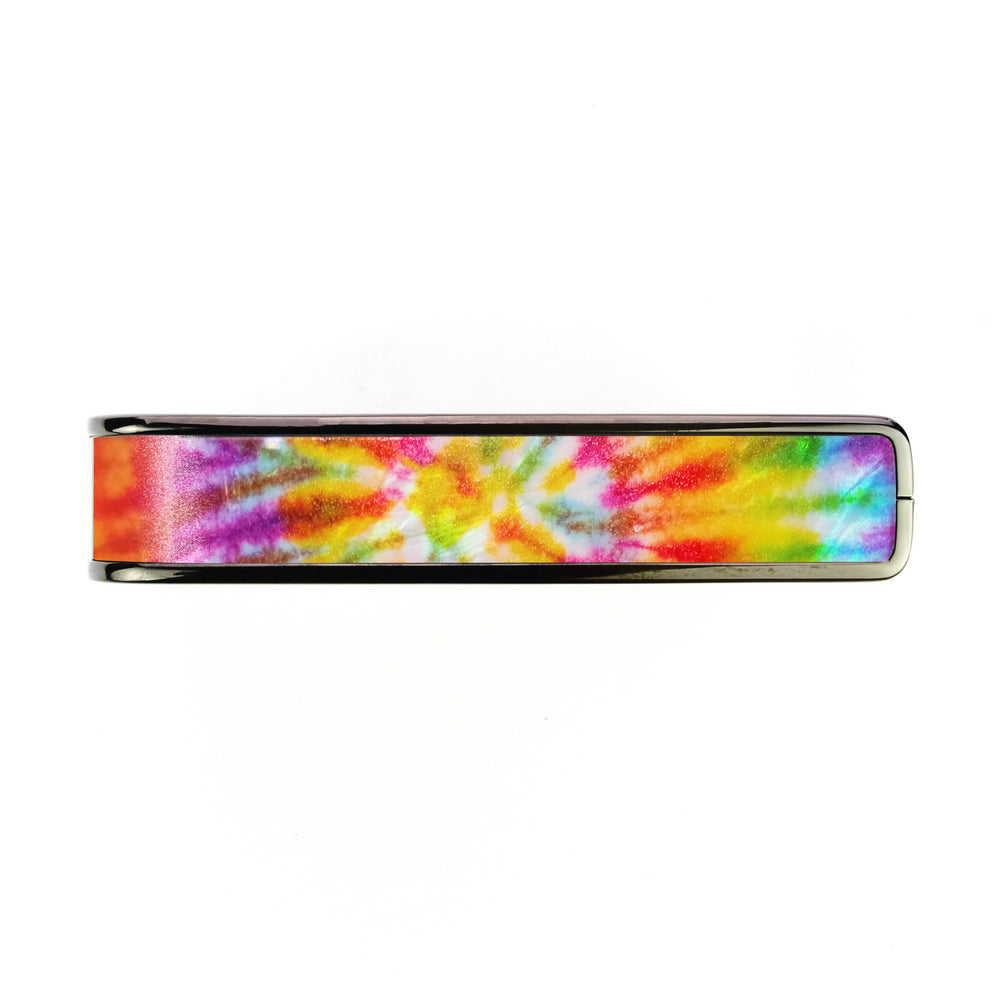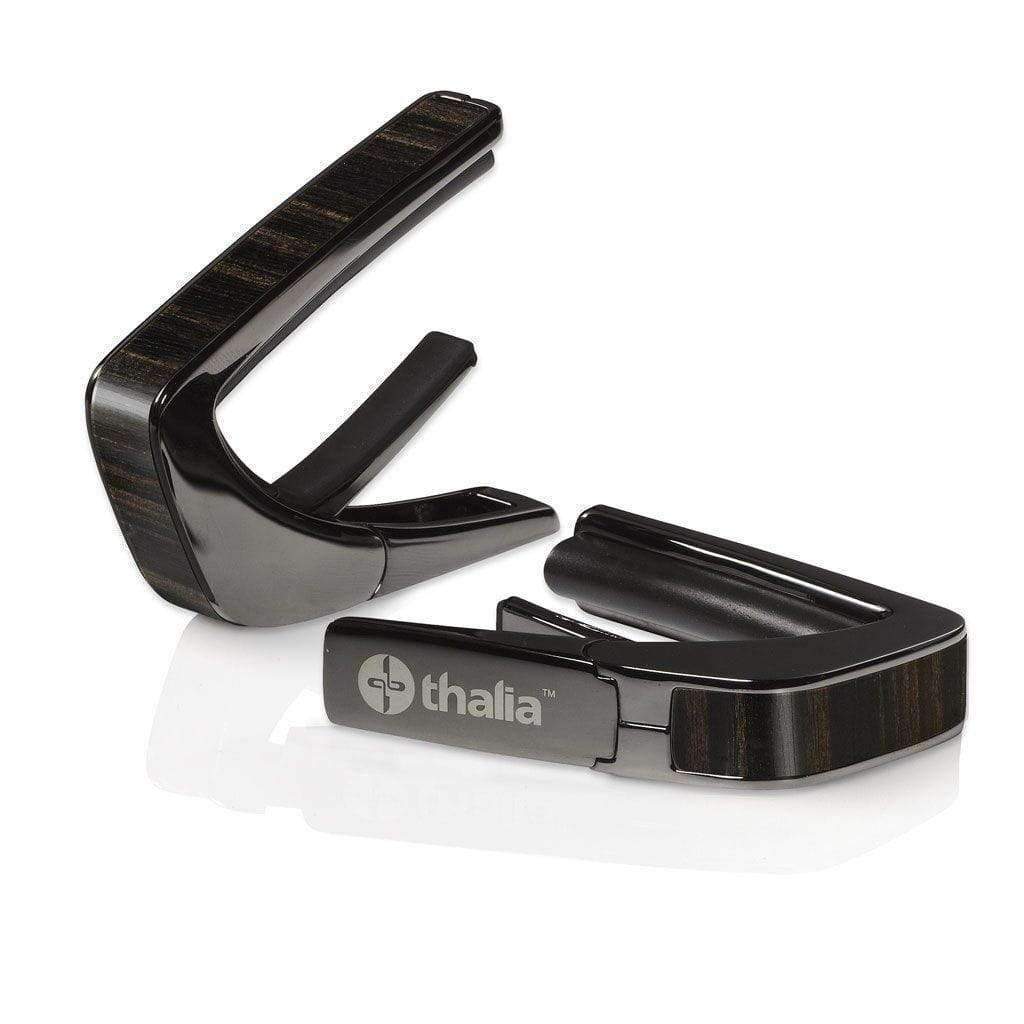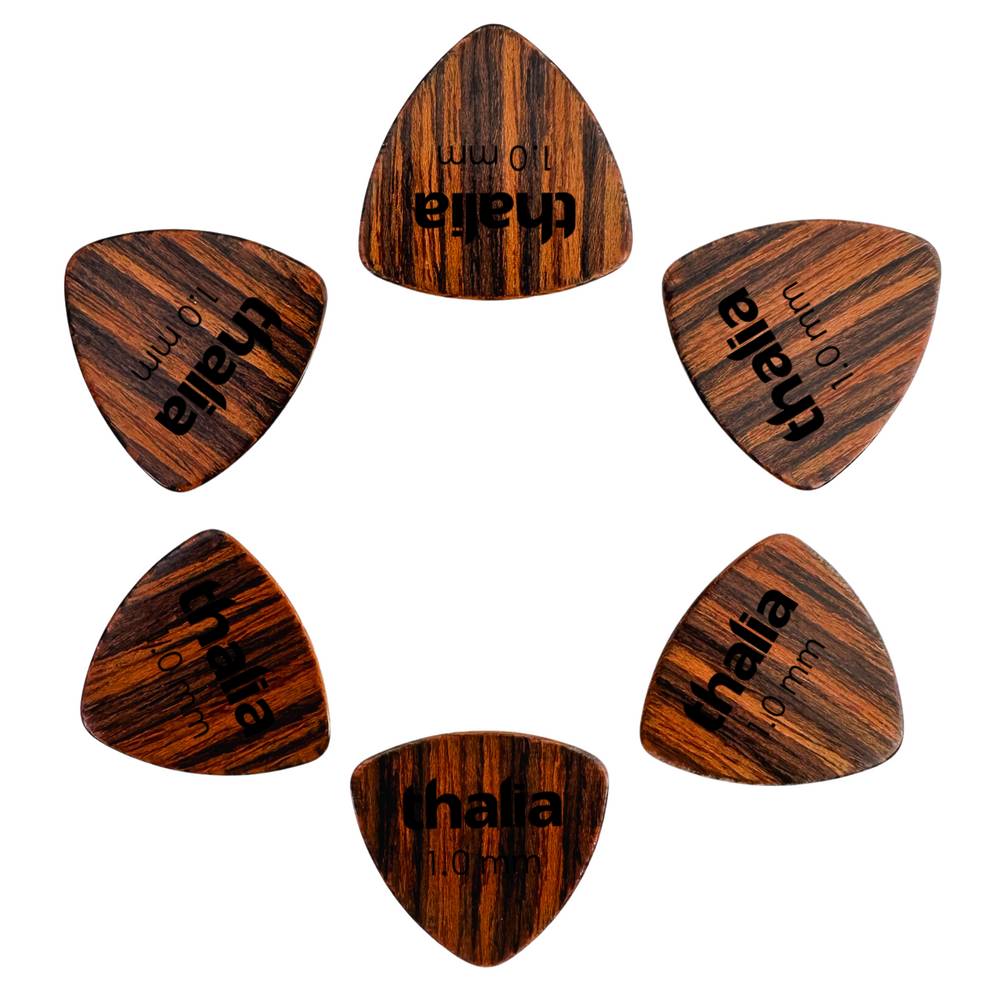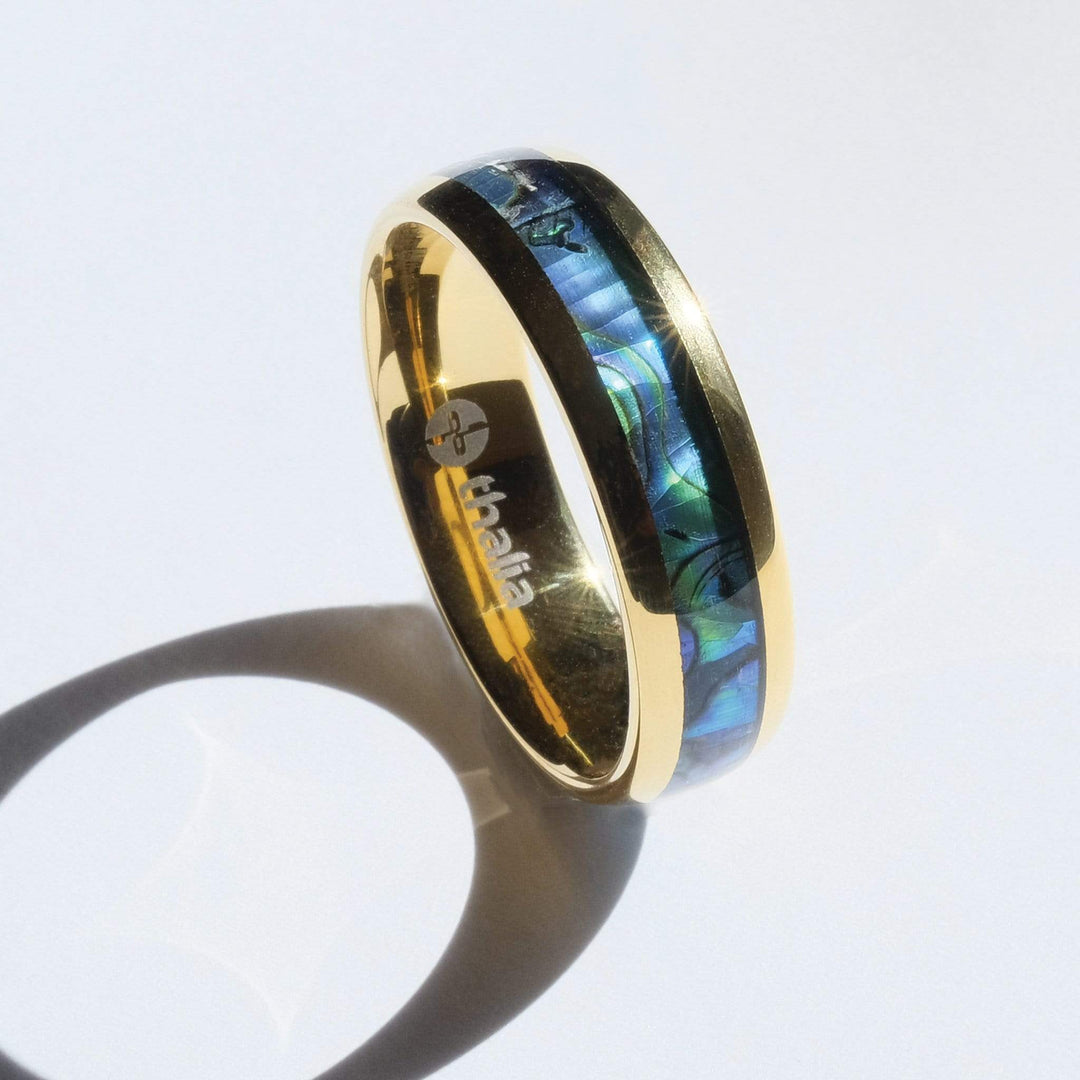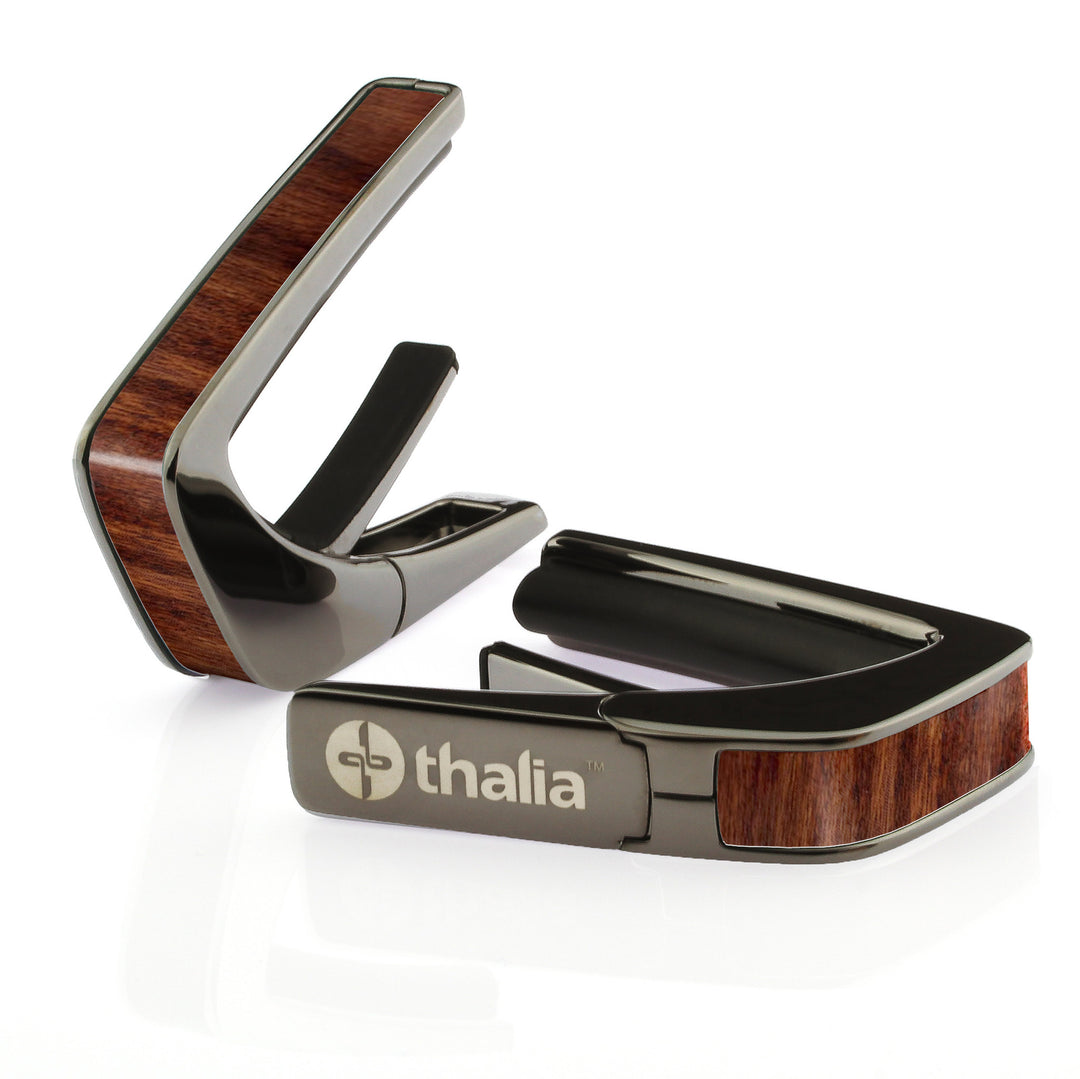The Amps that Powered Rock: The Marshall JTM45
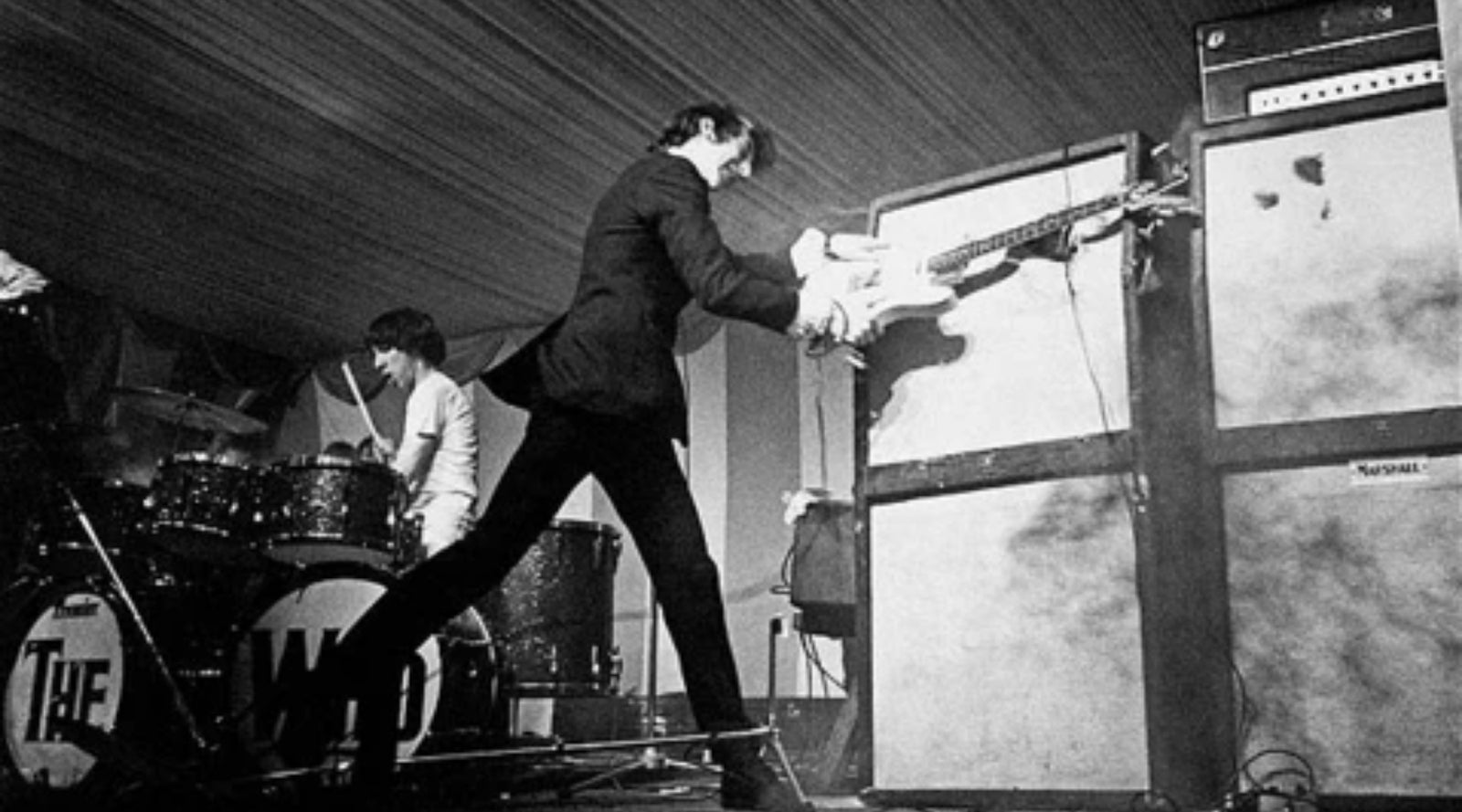
When you think electric guitar amps, you probably think Marshall.
Yes, there are other amp manufacturers, and many of them have played an important role in shaping the sound of rock. But, during one of the genre’s most crucial moments, Marshall was at the forefront, and they set the gold standard for generations to come.
When Marshalls get mentioned, the first thing that comes to mind is probably the legendary Plexi. But, before that amplifier left eardrums ringing, the company made their mark with the JTM45. Today, we’re taking a look at the first Marshall amplifier, how it came to be, and what made it stand out from the pack.
The story of Marshall Amps begins in London, 1960. Jim Marshall, the company’s founder and namesake wasn’t a guitarist. He’d entered the music scene as a big band drummer. Jim started out selling drum lessons, then selling drums, before setting up shop with his son, Terry. “Jim Marshall & Son” opened in July 1960 at 76 Uxbridge Road in Hanwell, England. For the aspiring instrument seller, it was a case of right place; right time.
Within a few short years, the London rock scene was burgeoning. Soon, the likes of Mitch Mitchell, Pete Townshend, Eric Clapton and John Entwistle flocked to the renamed “J & T Marshall”, by now the de-jour supplier of guitars and amplifiers for the new breed.
 At the time, one of the most in-demand products was the Fender Bassman amplifier. Bassmans were amongst the most powerful amps of the era, making them popular with gigging musicians. The problem with these amps, though, was that they were made in America. If Marshall were to sell them, they’d need to import them, slimming their profit margins.
At the time, one of the most in-demand products was the Fender Bassman amplifier. Bassmans were amongst the most powerful amps of the era, making them popular with gigging musicians. The problem with these amps, though, was that they were made in America. If Marshall were to sell them, they’d need to import them, slimming their profit margins.
It was Marshall’s service tech, Ken Bran, who suggested that the company should build its own. Bran borrowed a 5F6A Bassman head and reverse engineered it. From that, he was able to create the schematic for an entirely new amp.
Five prototypes later and the Marshall JTM45 was born. While it was based on the 5F6A, a simple Bassman clone it wasn’t.
For obvious reasons, the Fender 12AX7 tubes were out. Instead, Marshall replaced them with British ECC83s. 6L6 power tubes became 5881s, with coupling capacitors shifted to the output stage, which created extra negative feedback.
Unlike other amplifiers of the era, the distortion of the JTM45 came from the tubes, not the speakers. When the first amps rolled out of J & T Marshall in 1962, it was a gamechanger. By the time of the JTM 45 Mark II and its accompanying cabinet came along, it was a revolution.
The JTM Mark II featured two independent channels. It was also paired with the first ever Marshall cab, a closed-back with four 20-watt G12-15 Alnico speakers made by Celestion. Once again, this was a deviation from the Bassman design, whose 4x10 open back cab featured Jensen speakers, and was the final element needed to make the Marshall sound.
 At a respectable volume, JTMs sounded crunchy and bright. But when you dimed ‘em… oh boy. Beefy, loud and in-your-face; for the new generation of guitarists, it was the sound of rock n’ roll. Even better, unlike other amps on the market, the Marshall could take the strain. As Reverb notes:
At a respectable volume, JTMs sounded crunchy and bright. But when you dimed ‘em… oh boy. Beefy, loud and in-your-face; for the new generation of guitarists, it was the sound of rock n’ roll. Even better, unlike other amps on the market, the Marshall could take the strain. As Reverb notes:
“Other amps blew up when pushed that hard, but the new Marshalls seemed to enjoy operating at the limit.”
Townshend and Entwistle were early adopters; the new amp would satisfy the Orrible ‘Oo’s quest for more volume (at least temporarily). By the time a certain James Marshall Hendrix arrived in England in 1966 and started using a JTM45, the legend was born.
Do you play a JTM45? Which of your favourite records were recorded using the amp? As always, sign off in the comments!







